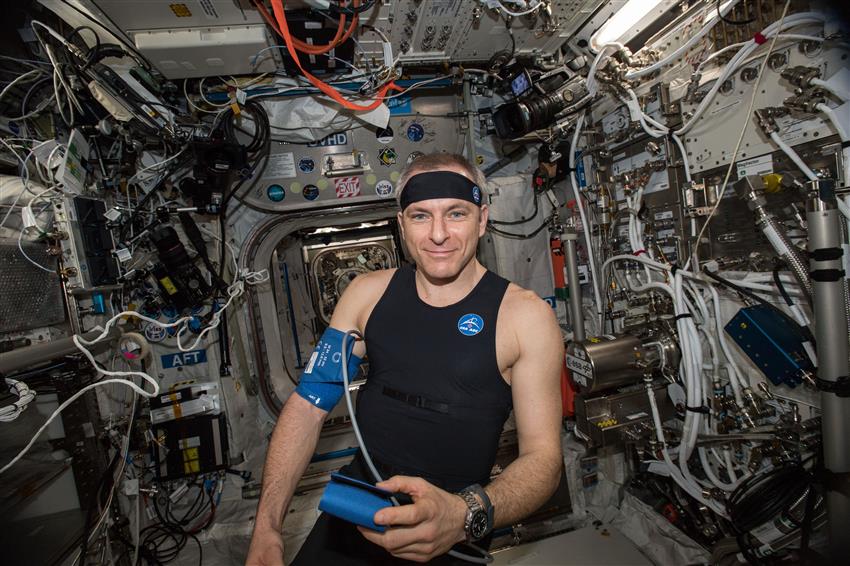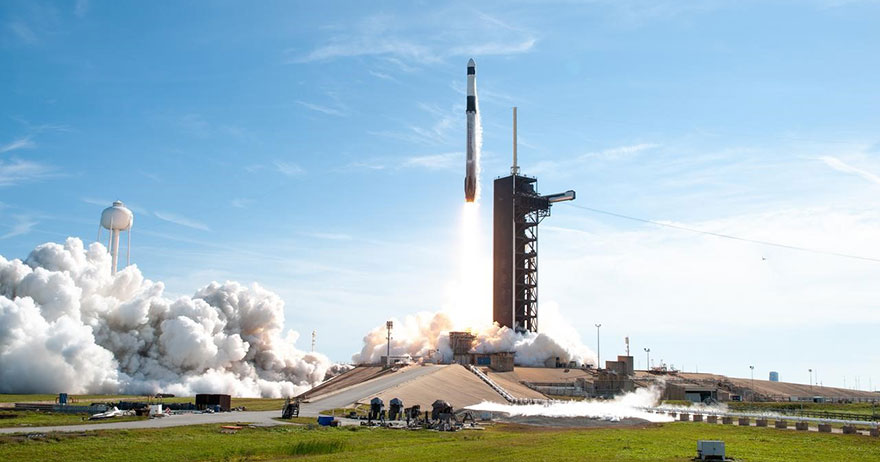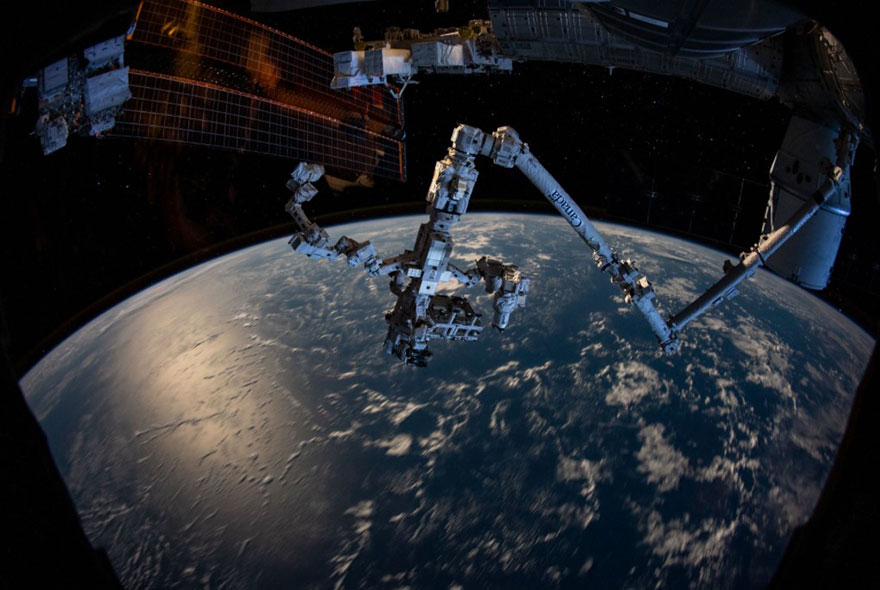New Canadian research on the health of astronauts in space

Credit: Canadian Space Agency/NASA
As we celebrate 20 years of continuous human presence aboard the International Space Station (ISS), Canada's space science community is pursuing its mission to improve the life of humans, on Earth and in space, with new research aboard the orbiting laboratory.
The Bio-Monitor is a wearable Canadian technology that consists of a smart shirt, a head band and a dedicated tablet application. It was designed to help keep an eye on astronauts' health by continuously monitoring and recording their vital signs while they are in space.
With this technology available onboard the Station, the Canadian Space Agency (CSA) is funding two new Canadian studies to help mitigate health risks for future space travellers and contribute to the well-being of people on Earth.
| Researcher and institution | Study topic |
|---|---|
|
Dr. Andrew Blaber, Simon Fraser University |
The team will observe astronauts as they exercise before, during and after spaceflight. They will investigate how the cardiovascular and respiratory systems interact with the blood pressure control system, using measurements taken by the Bio-Monitor. Tracking that interaction will reveal changes caused by weightlessness in space, which could help ensure astronaut health and fitness. |
|
Dr. Carolyn P. McGregor, Ontario Tech University |
The team will acquire new knowledge on health risks associated with the spaceflight environment. They will study the use of the Bio-Monitor to support real-time data acquisition and transmission. They will also test extensions to the Artemis computing platform to demonstrate its potential for autonomous health monitoring. |
These studies are the latest additions to the Canadian science already underway on the ISS. They were selected from proposals submitted to the CSA in . As with other research supported by the CSA, the studies will lead to a better understanding of human spaceflight risks while also contributing to health benefits here on Earth.




